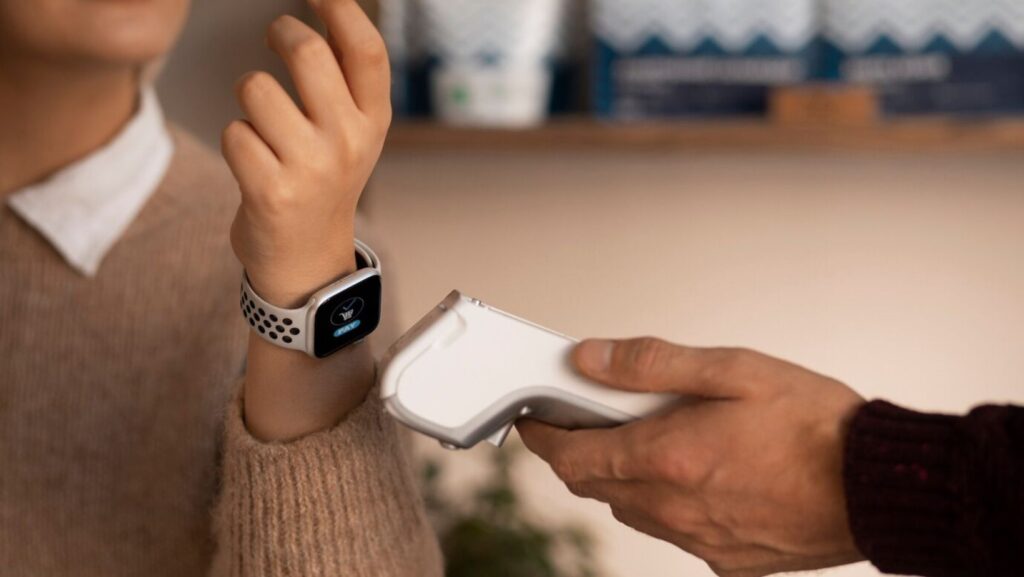As highly pathogenic avian influenza (H5N1) continues to spread among birds and animals, researchers have developed a handheld sensor capable of detecting the Airborne Bird Flu virus in air samples within minutes.
The low-cost device, described in ACS Sensors, could provide rapid, on-site detection of airborne H5N1 before outbreaks occur—potentially improving early response efforts.
A Faster, More Efficient Way to Detect Airborne Bird Flu

Bird flu spreads rapidly through airborne respiratory droplets, and the virus’ frequent mutations raise concerns about potential human transmission. However, current detection methods, such as polymerase chain reaction (PCR) tests, require laboratory processing and extensive sample preparation—making them impractical for real-time monitoring.
A research team led by Rajan Chakrabarty has now developed a prototype electrochemical capacitive biosensor (ECB) that quickly identifies H5N1 viral particles in the air without laboratory testing.
The technology builds on the team’s previous work, which successfully created an ECB sensor to detect SARS-CoV-2 particles in breath. Now, they’ve adapted the approach to monitor H5N1 in airborne samples.
How the Sensor Works

The new ECB sensor comprises a thin network of Prussian blue nanocrystals and graphene oxide on a screen-printed carbon electrode. To make it sensitive to H5N1, researchers attached specific aptamers and antibodies that recognize the virus.
Paired with a custom-built air sampler, the device:
- Pulls in air droplets containing potential viral particles
- Generates a liquid sample from the collected air
- Measures capacitance changes when H5N1 particles bind to the sensor
The researchers determined the levels of H5N1 in the air sample by analyzing changes in capacitance.
Potential for Real-Time Avian Influenza Monitoring

With its high accuracy, speed, and portability, this sensor could revolutionize avian flu surveillance in both animal and human environments.
Chakrabarty and his team believe the technology could be deployed for real-time air monitoring in poultry farms, wildlife areas, and healthcare settings—allowing for early detection and intervention before outbreaks escalate.
As concerns grow over the potential for H5N1 to evolve into a human-transmissible virus, innovations like this handheld sensor could play a crucial role in pandemic preparedness and public health monitoring.
Reference: Joshin Kumar, Meng Xu, Yuezhi August Li, Shu-Wen You, Brookelyn M. Doherty, Woodrow D. Gardiner, John R. Cirrito, Carla M. Yuede, Ananya Benegal, Michael D. Vahey, Astha Joshi, Kuljeet Seehra, Adrianus C.M. Boon, Yin-Yuan Huang, Joseph V. Puthussery, Rajan K. Chakrabarty. Capacitive Biosensor for Rapid Detection of Avian (H5N1) Influenza and E. coli in Aerosols. ACS Sensors, 2025.

